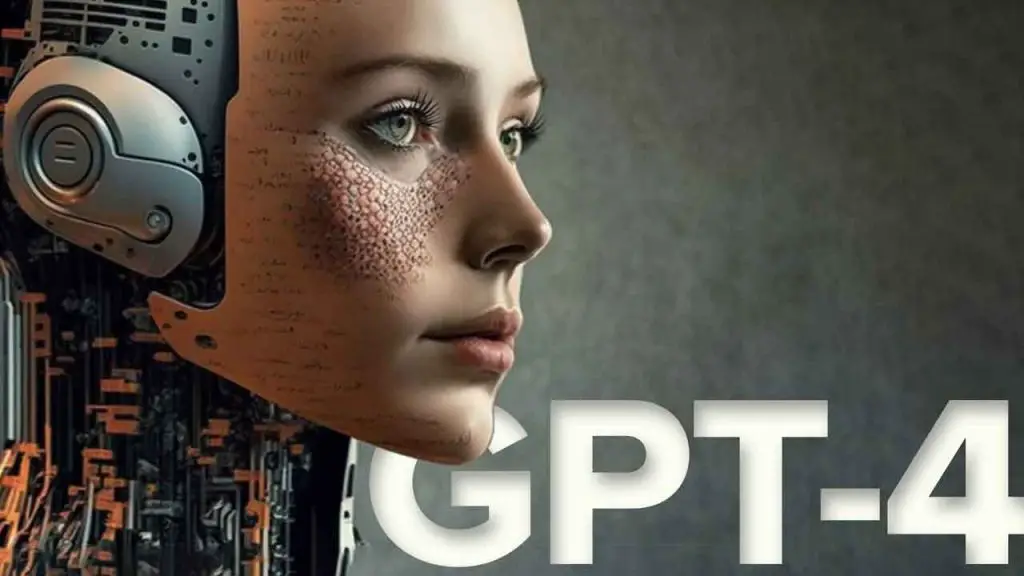Visits: 1
Mastering the Art of Training and Fine-Tuning ChatGPT for Optimal Performance
When it comes to achieving optimal performance with ChatGPT, the process of training and fine-tuning is both an art and a science. In this guide, we will delve into the steps to take in order to train and fine-tune ChatGPT to unlock its full potential. Mastering the Art of Training and Fine-Tuning ChatGPT for Optimal Performance
Understanding the Basics
Before diving into the specifics, let’s get a grasp of the fundamentals.
Training vs. Fine-Tuning
Training involves the initial phase of training a language model on a massive dataset. This phase equips the model with a general understanding of language patterns, grammar, and context.
Fine-tuning, on the other hand, is the process of refining the pre-trained model on a narrower dataset. This dataset is carefully curated and tailored to the specific task or domain you want the model to excel in.
Data Preparation
Collect and curate a dataset that aligns with your desired task or domain. Ensure the data is clean, diverse, and representative of real-world scenarios.
Step-by-Step Guide to Optimal Training and Fine-Tuning
1. Preparing Data
Begin by gathering relevant data from credible sources. The quality of your dataset directly impacts the model’s performance. Clean the data, remove duplicates, and preprocess it for training.
2. Selecting a Pre-Trained Model
Choose a pre-trained model that closely matches your task’s requirements. Models like GPT-3 or GPT-4 provide a solid starting point for various language tasks.
3. Fine-Tuning Data
Create a specific dataset for fine-tuning. This dataset should be narrower in scope but rich in context. Label the data if necessary, ensuring that the model learns from accurate examples.
4. Defining Evaluation Metrics
Establish clear evaluation metrics to measure the model’s performance. Metrics like accuracy, precision, recall, and F1 score are commonly used for different tasks.
5. Fine-Tuning Process
Fine-tuning involves several iterations. Start with a small learning rate and gradually increase it. Monitor the model’s performance at each step and adjust hyperparameters as needed.
6. Regular Evaluation
Periodically evaluate the model’s performance on validation data. If the performance plateaus or deteriorates, consider adjusting the training process or dataset.
7. Avoiding Overfitting
To prevent overfitting, use techniques like dropout and regularization. Keep an eye on the model’s performance on both training and validation sets.
8. Domain-Specific Knowledge
If your task requires domain-specific knowledge, inject relevant data into the fine-tuning dataset. This enhances the model’s understanding of specific terminology and context.
9. Post-Fine-Tuning Analysis
After fine-tuning, analyze the model’s responses and outputs. Refine the dataset and reiterate the fine-tuning process if needed.
Transitioning to Superior Performance
In conclusion, training and fine-tuning ChatGPT for optimal performance is a meticulous process that demands attention to detail, continuous evaluation, and domain-specific insights. By curating a purposeful dataset, fine-tuning with care, and staying vigilant throughout the process, you can unlock ChatGPT’s potential and witness its excellence in your chosen domain. Remember, the journey towards mastery requires patience and persistence, but the rewards are well worth the effort. Mastering the Art of Training and Fine-Tuning ChatGPT for Optimal Performance

